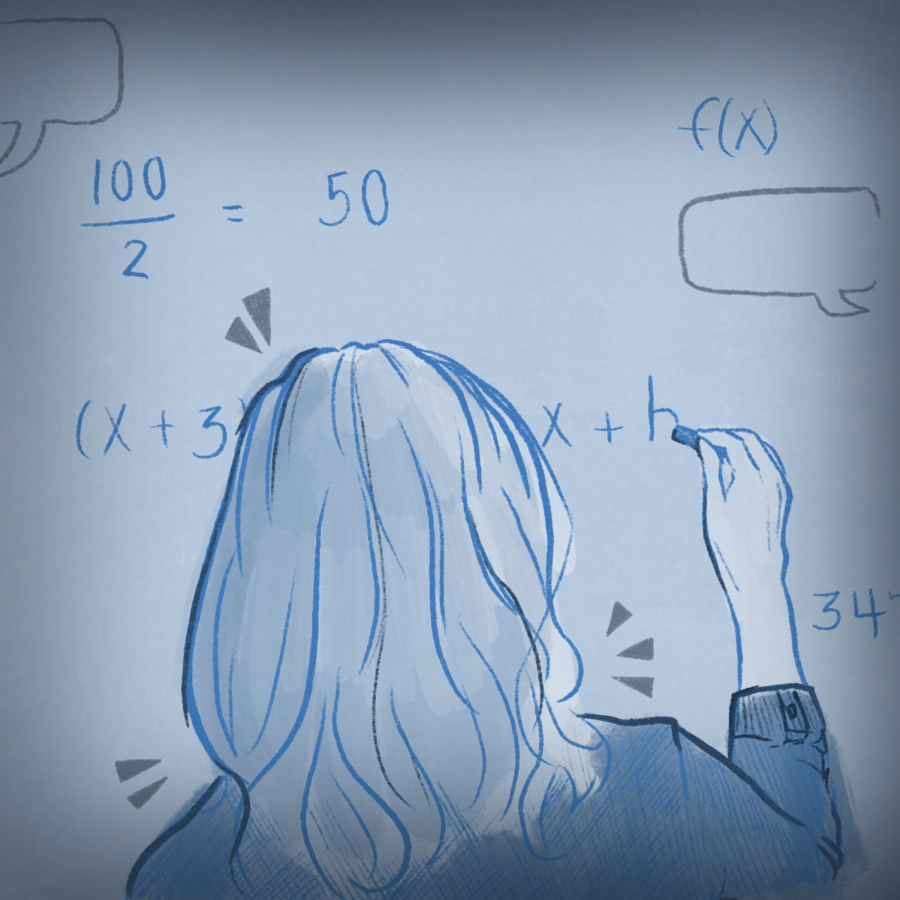Does Gender Bias Affect the Treatment of Teachers?
May 8, 2023
In a post-Industrial Revolution era of United States history, the labor pool saw a growing number of women entering the workforce. Before the first public school in the United States was established in 1839 in Boston, Massachusetts, a household role of what was a growing number of literate women was to provide their children with an early education.
As school districts developed throughout the States, young white women were steered into teaching positions with the incentive of financial independence amidst an early women’s rights movement. Teaching in primary and secondary schools quickly became a female dominated profession, with 75% of public K-12 teachers identifying as women (U.S Department of Education). CRLS teacher Caroline Berz doesn’t see this as a negative thing. She shares with the Register Forum, “I think maybe part of the reason I’m a teacher is because I am a woman… I have the opportunity to teach Women and Gender studies and of course I’m inspired to do that in part because I’m a woman.”
When imagining a teacher, many of us have a certain image in mind. But how has this impacted the way we treat female-identifying teachers in our schools today? Pei-Yun Chu, a CRLS Biotech teacher, reflected to the Register Forum, “I’ve always had it in the back of my mind if [being an Asian woman] affects my interactions with students… Even though by the numbers there’s definitely more women in public education than men, the ones that are ‘popular’ I feel like typically tend to be male teachers”. We may find ourselves unintentionally holding female teachers to a higher standard, having a lower tolerance for mistakes and being more lenient towards male teachers.
A sentiment shared by many teachers is frustration from a lack of responsiveness from the administration. Biology teacher Barbara Dorritie tells the Register Forum, “We’ve had situations where some staff were unhappy about an issue, and the people who got paid attention to were the male voices.” When asked how to counter this problem at CRLS, she puts it simply: “Pay teachers more.” In addition to the pay gap, in which women educators are reported to make an average of $2,200 less than their male equivalents, the biases have created additional barriers for women that pursue methods of reform in their schools.
Lily Rayman-Read, who teaches AP Psychology, tells the Register Forum, “There is a pretty significant gender skew with predominantly female educators who are classroom based teachers… and [a] significant number of administrators who are male, many of whom haven’t even completed more than 5 or 10 years in the classroom compared to significantly long-term female teachers. There’s a real disparity in terms of access to power.” Read described the physical barriers to advancing in one’s career, as teachers who take maternity leave are blocked from reaching the three consecutive years required to obtain professional status.
Fighting gender bias at CRLS allows us to work towards leveling the playing field towards career success, and be more mindful of our preconceived notions. “Teaching” is how Berz suggests we can combat the injustices that teachers who are women face. Raising awareness can cause conversation, and bring the stories of so many teachers out of the shadows.
This article also appears in our March 2023 print edition.











